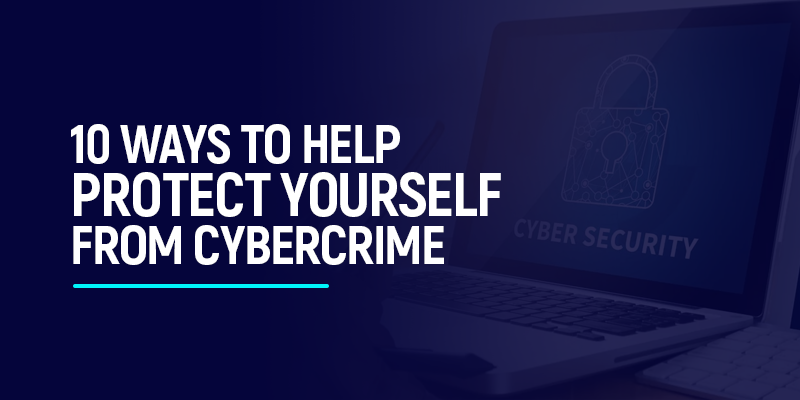1.Educate Staff
Human error was the cause of 90% of data breaches in 2019. This concerning statistic, however, has a silver lining. If staff are taught how to identify and correctly respond to cyber threats, the majority of data breach incidents could be avoided. Such educational programs could also increase the value of all cybersecurity solution investments because it would prevent staff from unknowingly bypassing expensive security controls to facilitate cybercrime.
2.Protect Your Sensitive Data
Create file back-ups, data back-ups and back-ups bandwidth abilities. Invest in tools that limit information loss, monitor your third-party risk and fourth-party vendor risk and continuously scan for data exposure and leaked credentials. Data leaks, if left unattended, could help cybercriminals gain access to internal networks and breach sensitive resources. It's important to implement a data leak discovery solution capable of also monitoring leaks throughout the third-party network.
Almost 60% of data breaches occur via compromised third-party providers, so by shutting down vendor data leaks, the majority of data breach incidents can be avoided.
3.Do background checks on employees.
Background checking employees can help identify whether they have any bad records on pasts.
4.Limit administrative capabilities for systems and social footprint.
The less employees with access to sensitive information, the better.
5.Ensure systems have appropriate firewall and antivirus technology.
After the appropriate software is in place, evaluate the security settings on software, browser and email programs. In doing so, select system options that will meet your business needs without increasing risk.
6.Have data breach prevention tools, including intrusion detection.
Ensure employees are actually monitoring the detection tools. It is important to not only try to prevent a breach, but to make sure that if a breach occurs, the company is aware as soon as possible. Time is of the essence.
7.Update security software patches in a timely manner.
Regularly maintaining security protections on your operating system is vital to them being effective over time.
8.Include DDoS security capabilities.
It is important to have the ability to avoid or absorb attacks meant to overwhelm or degrade your systems.
9.Put a plan in place to manage a data breach.
If a breach occurs, there should be a clear protocol outlining which employees are part of the incident response team and their roles and responsibilities.
10. Implement a Third-Party Risk Management (TPRM) Solution
Use technology to reduce costs like automatically sending out vendor assessment questionnaires as part of an overall cyber security risk assessment strategy



